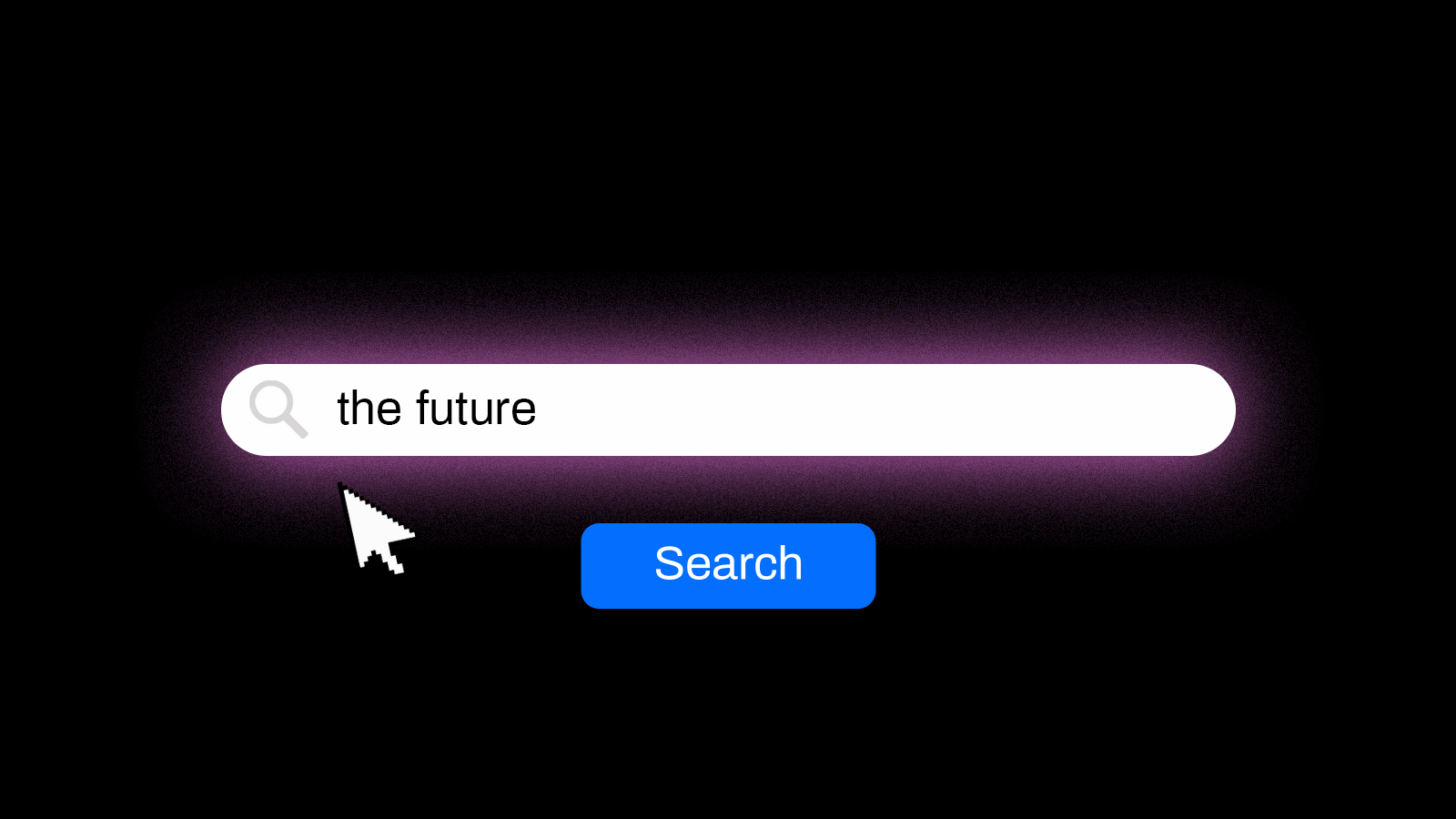How to finally bring your side hustle idea to life

@olly on Pexels
- About one-third of Americans take on a side hustle purely for the extra spending money.
- Just because you’re no longer commuting to work doesn’t mean it’s easy to dive in to a new business initiative.
- Breaking it all down into bite-sized chunks may make launching your new side gig feel less overwhelming.
With the economy likely to remain in a slump for months or even years to come, many people will be looking for ways to generate extra income. In fact, one in three Americans who take on a side hustle say they do so purely for the extra spending money, with a large percentage also saying they want to save more, or to pay off debts.
However, there are plenty of other benefits to be had from developing your own side gig as a solopreneur. You could learn new skills, meet new people, or simply experience the joy of building yourself a successful business from scratch.
Many of today’s biggest and best-known companies, including Apple and Facebook, started as side hustles. It might be a bit of a longshot, but if the stars align, your side hustle could become a highly lucrative enterprise.
So why haven’t you started working on it yet? Despite what you might see all over your social newsfeeds, the truth is, not everyone has managed to become improved versions of themselves during coronavirus lockdown by taking up new fitness regimens and sourdough baking hobbies. Just because you’re no longer commuting to work doesn’t mean you’re ready to dive in to your new business initiative.
There’s often a significant gap between having an inspiring solopreneurial idea and bringing it to life, and the entire endeavor can be overwhelming. Here are some tips for breaking it all down into bite-sized chunks so you can hopefully build some momentum and make a few bucks.
The exact nature of the side business you build may depend on several factors: How much money do you expect to make for how much effort? How long can you afford to invest in building a slow-burn business that doesn’t necessarily generate significant revenue for several months? Are you interested in trading your time for money in the form of services like consulting and marketing, or do you prefer something that has greater potential to scale up, like selling courses and other digital products?
For example, driving Uber in your spare time has low barriers to entry and can provide a steady income, but it’s doubtful you’ll end up being the next Steve Jobs or Mark Zuckerberg.

If you decide you want to be the next viral blogger, start up as a coach, become a freelance writer, or sell your goods online, there may be a little more legwork required to get your business off the ground. However, taking on these kinds of enterprises stands a better chance of creating something of your own that could sustain into the long term, and perhaps even evolve into a full-time career.
Think about the kind of time you’ll have to dedicate to it. How much marketing will be involved? How will you finance activities in the beginning? Will you be working alone or with a partner, or can you get any other help, free or paid? Answering these questions, and perusing any of the many lists of side hustle business ideas, will help you choose something that fits in with your current lifestyle, capabilities, finances, and available time.
Don’t underestimate the time, energy, or finances required to build up a successful side gig. One study found that the first-year cost of a side hustle could be as much as $16,000. Sure, it’s fair to assume that many can get up and running without that kind of outlay.
Overwhelm is a real risk, though, particularly if you’re balancing your side gig against a full-time job. Do you need a new bank account? To accept payments online, do you need to be verified for merchant services by an underwriter? Will you be building a website to serve as the hub of your business presence? There are so many ways to tackle any of these conundrums, and each involves the potential for huge time investment and risk.
Read up on what others have done in the niche you’re entering. Join communities on Slack and Facebook groups to enjoy the guidance of your peers. Take advantage of any available tools or services that can help you manage workload effectively and free up time. Resources like Startup Stash can be extremely useful in this regard. You might find major value in breaking up your projects into manageable tasks using a system like Trello, for example, which offers an extremely powerful free service tier.

Online scheduling by vCitavCita
What’s more, business management applications such as vCita can significantly reduce time spent on administrative activities by managing client appointments, along with invoicing and payments. You can use it to build a landing page that accepts self-service appointment bookings and payments and even integrates with Facebook, to get you up and running quickly.
Once you’ve nailed down your idea and built out a viable way to start doing business, you’ll need to figure out which platforms you intend to be most active on. This is a particularly weighty step for many when committing to a side hustle, since it involves posting content about the business in places where the general public is likely to see it. This level of transparency and accountability can be daunting, but it’s something you need to do if you want to attract an engaged audience of qualified buyers.
As far as the channels themselves, aspiring bloggers or writers can use platforms such as Medium to get content out there. If you’re selling goods, a platform such as Ebay, Amazon, or Etsy can help you reach an audience. Learning platforms such as Udemy can help monetize your existing skills by sharing them as training content. Social media can be extremely powerful for audience discovery and traffic acquisition, but each network has its own user personas, functionality specialties and cultural nuances, so it’s a good idea to do your homework before adopting anything new.

However, it’s also important to remember that platforms can come and go – just ask anyone who built their audience on MySpace. Creating your own self-hosted website is the digital equivalent of renting your own shop or gallery, which makes good business sense but takes more work to get going, as there’s no built-in audience.
The good news is that building up your own media property can be done at the same time as leveraging existing platforms. The advantage of this approach is that if any given platform goes out of business, or suddenly changes the way they work with businesses like yours, you still have an online presence. While designing and coding your own site can be a huge undertaking, often a DIY website builder can do the job well enough.
If you’re going to actually make any money with your new side gig, then you have to attract an audience. Even if you’ve decided to become a blogger, you’ll need significant traffic before you can start monetizing. And to do that, you’ll have to run experiments that allow you to better understand your ideal customers’ psychology.
If you already move in the right circles, perhaps you have an audience or customer base within your own network. However, in most cases, you’ll need to invest in advertising and promotions. Facebook Ads are a popular choice, with around 73 percent of small businesses investing in social media marketing.
Building an audience organically via social media is also an option. It will involve spending time on engagement and will take longer to develop a reach than paying for advertising.
If you take the route of launching your own website, then you can start building an email list, which most marketing experts agree is the only thing you truly “own” when it comes to marketing your business. It’s easy enough to use email signup services such as Mailchimp or Aweber, which offer customized forms that you can embed into your website. Using a premium tool like OptinMonster can be even more effective for building a subscriber base, because you can use it to offer ebooks and other content behind personalized in-article registration forms.

Stephen Phillips – Hostreviews.co.uk on Unsplash
If you end up taking on more people to help with your side hustle, then once again, make use of the right tools to ease the process of onboarding others.
Slack can streamline group conversations into dedicated channels, while GSuite tools make it easier to work together on documents, spreadsheets, and presentations.
Google also offers several tools for monitoring the growth of your website. Google Analytics can track website traffic, showing you which sources refer the most visitors and helping to target your marketing efforts accordingly. Google’s Search Console is also a great tool for understanding how your site ranks in search engine results.
Ironically, the reason that many side hustles fail is precisely that they’re treated as side hustles. Like any business, your side hustle will benefit from the time, energy, and monetary investments you put into it.
Think like a CEO, focus on the big picture, and your side gig could one day become the full-time career you dreamed of having.
How is the passion economy changing the way we look at jobs? …





